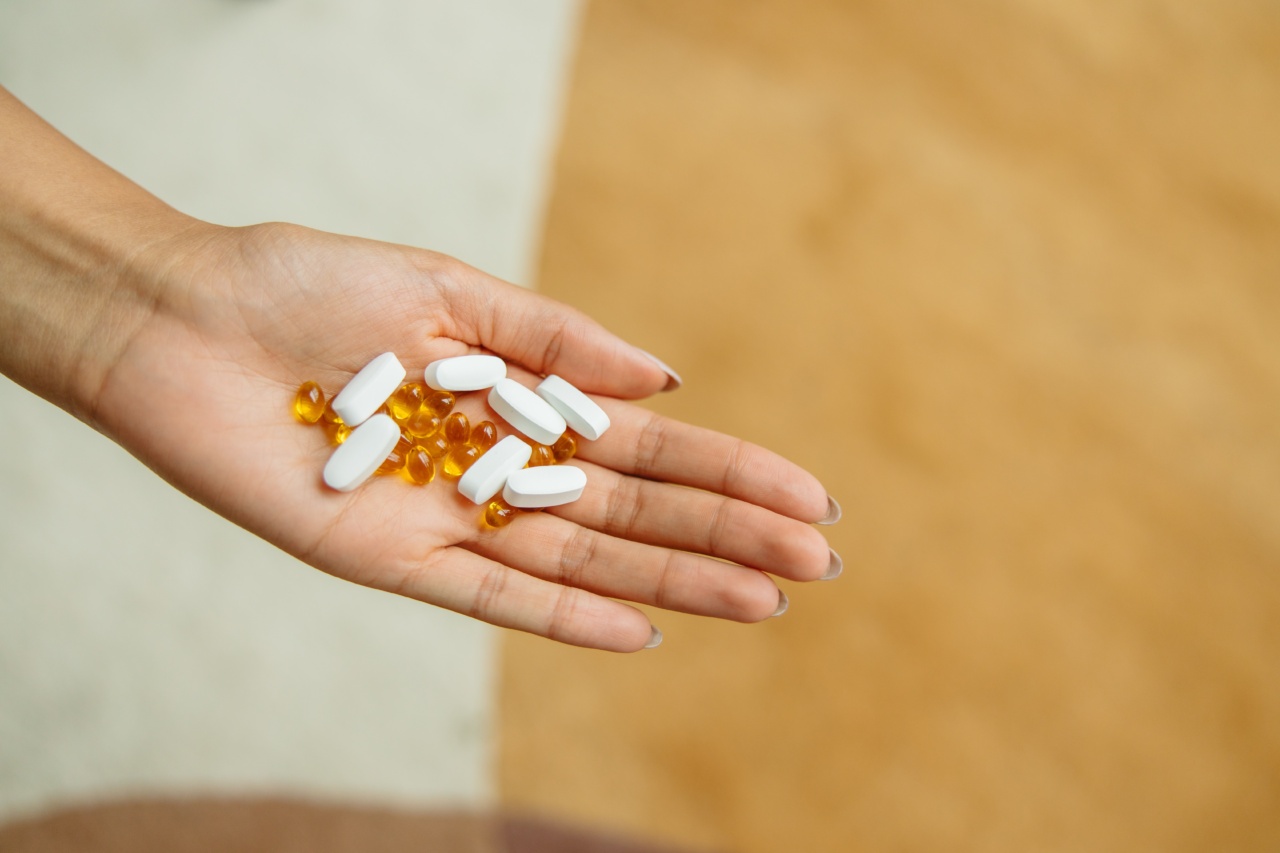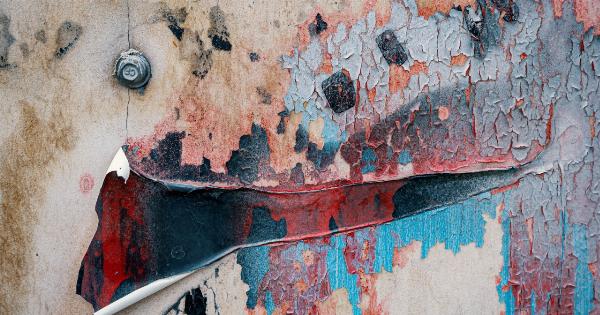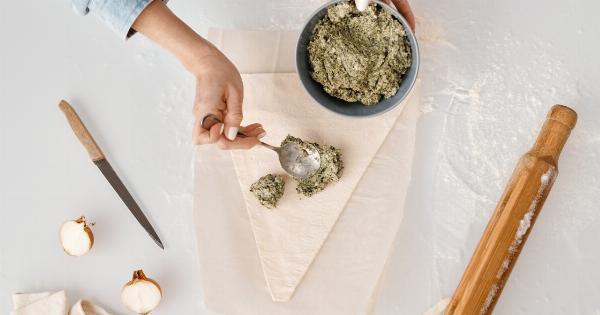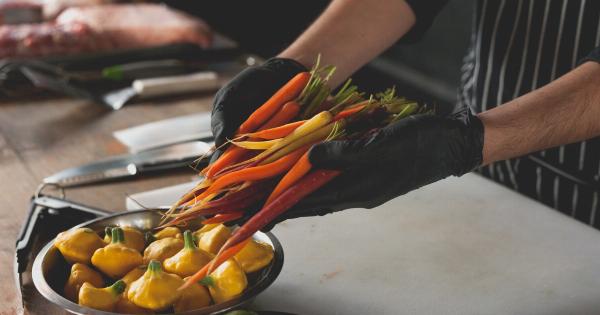Discovering mold on food can be a distressing experience. It raises concerns about the safety of consuming the affected food item and the risk of developing health issues.
Mold can produce toxins that may lead to severe illnesses, so it is essential to know when to discard food with mold. In this article, we will discuss the signs to look for when determining if moldy food is safe to eat and provide tips to avoid illness from consuming mold-contaminated food.
Understanding Mold and Its Risks
Mold is a type of fungus that grows in the form of multicellular filaments called hyphae. It thrives in damp and warm conditions and can be found both indoors and outdoors.
While some molds are harmless, others can produce mycotoxins, which are toxic substances that can cause health problems when ingested or inhaled.
When food becomes contaminated with mold, it not only affects the appearance and taste but also carries potential health risks.
Consuming moldy food can lead to allergic reactions, respiratory issues, digestive problems, and even infections in individuals with compromised immune systems.
Identifying Moldy Food
Recognizing moldy food is crucial in preventing the consumption of contaminated items. Mold can grow on a variety of foods, including fruits, vegetables, bread, cheese, and meats. Here are some signs to identify mold growth:.
1. Visible Mold Growth
The most apparent indication of mold contamination is the presence of visible mold growth on the surface of the food. The mold can be fuzzy, powdery, or have black, green, or white patches. Any visible signs of mold should be taken seriously.
2. Unpleasant Odor
In some cases, mold growth may not always be visible, especially on bread or dairy products. However, if you notice an unusual, musty, or off-putting odor coming from the food, it could be an indication of mold presence.
Trust your sense of smell and be cautious.
3. Texture Changes
Mold growth can cause changes in the texture of the affected food. For instance, fruits and vegetables might become mushy or slimy, while bread and other baked goods could become soggy or develop a rubbery texture.
Such alterations are a strong indication of mold growth.
When is It Safe to Cut Off Mold?
There are certain situations when removing visible mold from food may be acceptable:.
1. Hard and Dense Foods
Hard and dense foods like hard cheeses and firm vegetables can tolerate the removal of moldy portions. Cut at least an inch around and below the moldy area to ensure complete removal.
Remember, this is only applicable for mold growing on the surface and not for soft or porous foods.
2. Firm Fruits and Vegetables
Firm fruits and vegetables, such as apples, carrots, and bell peppers, can be salvaged by cutting out the moldy parts. Be sure to cut an ample margin around the affected area to minimize any potential contamination.
3. Firm Bread and Baked Goods
If mold is visible on bread, it is generally advisable to discard the entire loaf.
However, for firm bread and baked goods like bagels or crackers, you can cut out the moldy section and a significant margin around it to reduce the risk of ingesting any mold spores.
When to Discard Moldy Food
In many cases, it is safest to discard moldy food rather than attempting to salvage it. Here are instances when it is recommended to discard moldy food:.
1. Soft and Porous Foods
Soft and porous foods such as bread, cakes, yogurt, soft cheeses, and cooked pasta should never be eaten if moldy. These types of foods provide an environment for mold to penetrate deeper and contaminate beyond the visible portion.
Discard the entire item to avoid health risks.
2. Fuzzy and Powdery Mold
Mold that appears fuzzy, powdery, or showcases any other extensive growth should be an immediate signal to dispose of the food. This type of mold indicates advanced contamination and potential toxin production.
3. Mold on Ready-to-eat Foods
Ready-to-eat foods like deli meats, leftovers, and cooked dishes should be discarded if moldy. These foods are typically consumed without further cooking, which means any mold present may not be eliminated through cooking processes.
Tips for Preventing Mold Growth
Prevention is key when it comes to avoiding mold-contaminated food. By following these tips, you can reduce the chances of mold growth and protect your health:.
1. Proper Food Storage
Store perishable foods such as fruits, vegetables, and leftovers in the refrigerator at temperatures below 40°F (4°C). Use airtight containers to prevent moisture build-up and cross-contamination between food items.
2. Check Expiry Dates
Always check the expiry dates on food packages before purchase. Consuming expired products increases the likelihood of mold growth and contamination.
3. Inspect for Mold Before Purchase
Before purchasing fresh produce, carefully inspect each item for signs of mold. Avoid purchasing any fruits or vegetables showing visible mold growth or signs of decay.
4. Consume Perishable Foods Promptly
Eat perishable foods, including fruits, vegetables, and dairy products, within their recommended timeframes. Leaving these foods out for prolonged periods can facilitate mold growth.
5. Do Not Sniff Moldy Food
Avoid sniffing moldy food as it may release potentially harmful mold spores into the air, which can lead to respiratory issues. It’s better to rely on visual cues and odor to determine if a food item is moldy.
6. Clean Your Refrigerator
Regularly clean and sanitize your refrigerator to prevent the spread of mold. Pay special attention to spills, expired foods, and any areas where moisture could accumulate.
Seeking Medical Attention
If you accidentally consume moldy food or experience symptoms such as allergic reactions, persistent coughing, difficulty breathing, nausea, or vomiting, it is essential to seek medical attention immediately.
Inform your healthcare provider about the mold exposure and the onset of symptoms.
Conclusion
Ingesting mold-contaminated food can lead to various health issues, including allergic reactions, respiratory problems, digestive disturbances, and infections. Therefore, it is crucial to know when to discard food with mold.
Always be vigilant in identifying moldy food, follow the guidelines for salvaging or discarding moldy items, and take preventative measures to minimize the risk of mold growth in your kitchen. By prioritizing food safety, you can safeguard your health and that of your loved ones against the potential dangers of mold contamination.




























